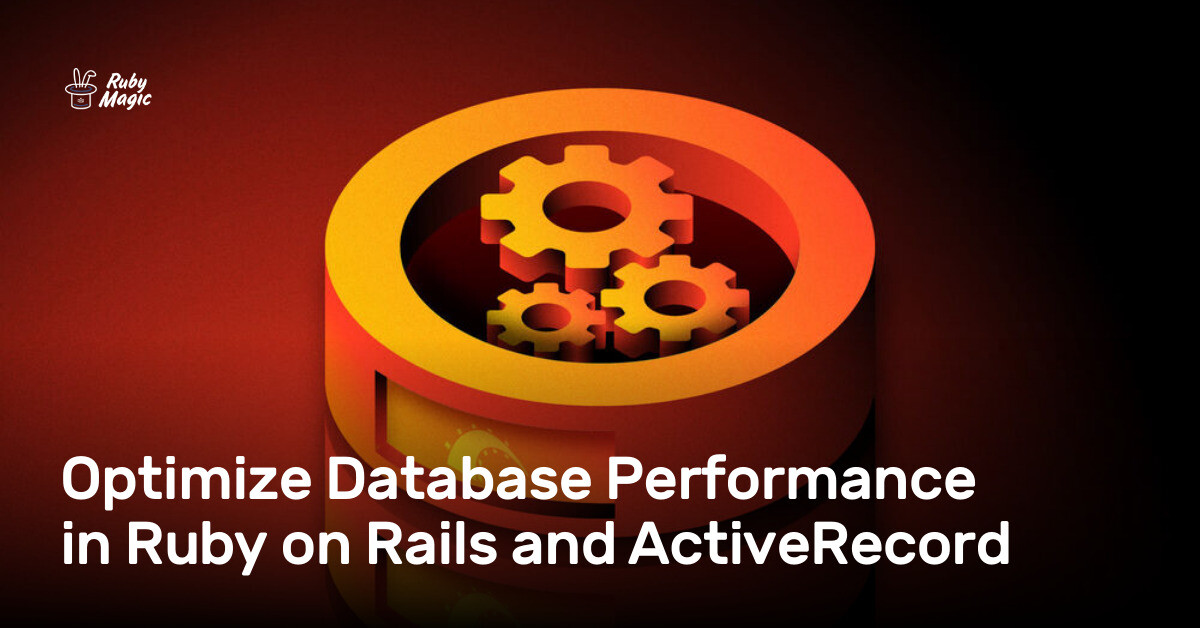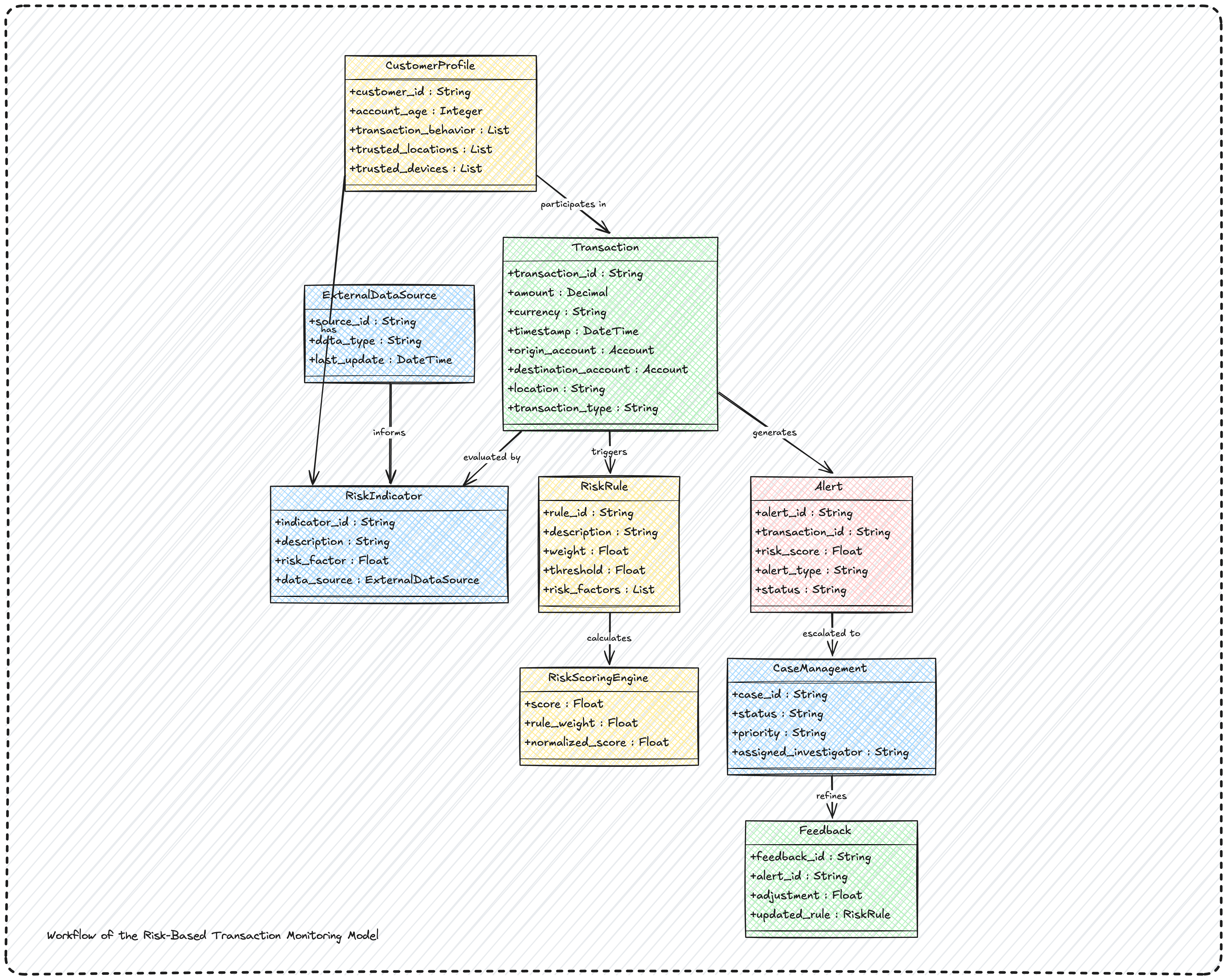
Optimize Database Performance in Ruby on Rails and ActiveRecord
In Rails, we're more likely to use SQL databases than other frameworks. Unlike NoSQL databases, which can be scaled horizontally with relative ease, SQL databases like PostgreSQL or MySQL are much less amenable to easy scaling.
As a result, our database usually becomes the primary bottleneck as our business grows. Although SQL databases are very efficient, as our growing customer base puts an increasing load on our servers, we begin scaling our instance counts, workers, etc. But we can't just make copies of our database for each new server we spin up. This makes optimizing database performance critical for any serious Rails project.
In this post, we'll explore strategies for optimizing performance to minimize the load on our database. We'll start with some more basic topics like eager loading and the N+1 query problem, database indexing, select, pluck, and immediate loading. Then, we'll move on to more involved topics like performance profiling, scaling via techniques like database sharding, and background jobs using read replicas.
No discussion of database performance involving ActiveRecord (or any ORM) is complete without addressing the infamous N+1 problem. While most readers are likely familiar with it, it's still worth revisiting, as N+1 queries can (and do) creep into our projects over time, especially as our codebase evolves and we add or update features.



















